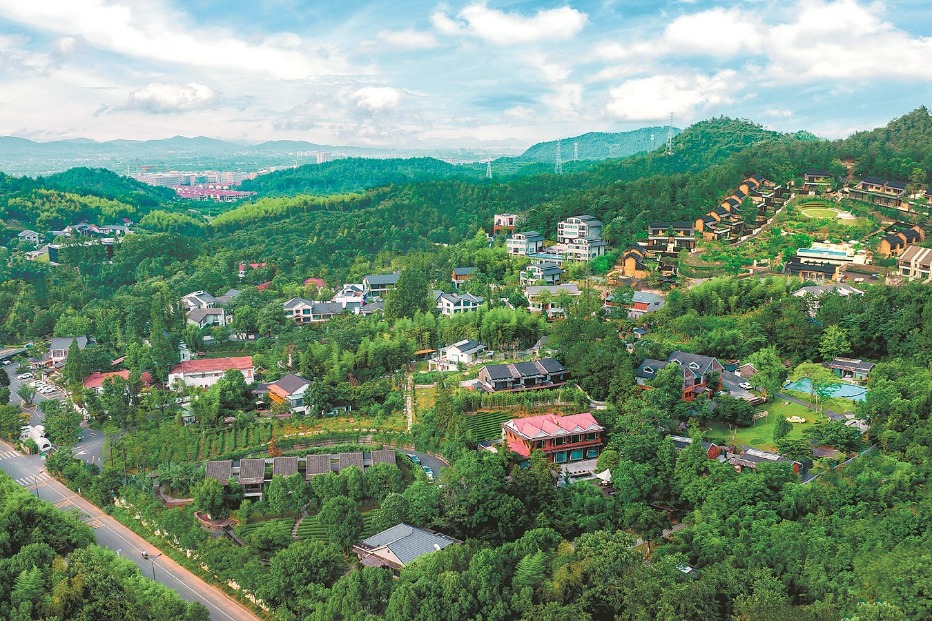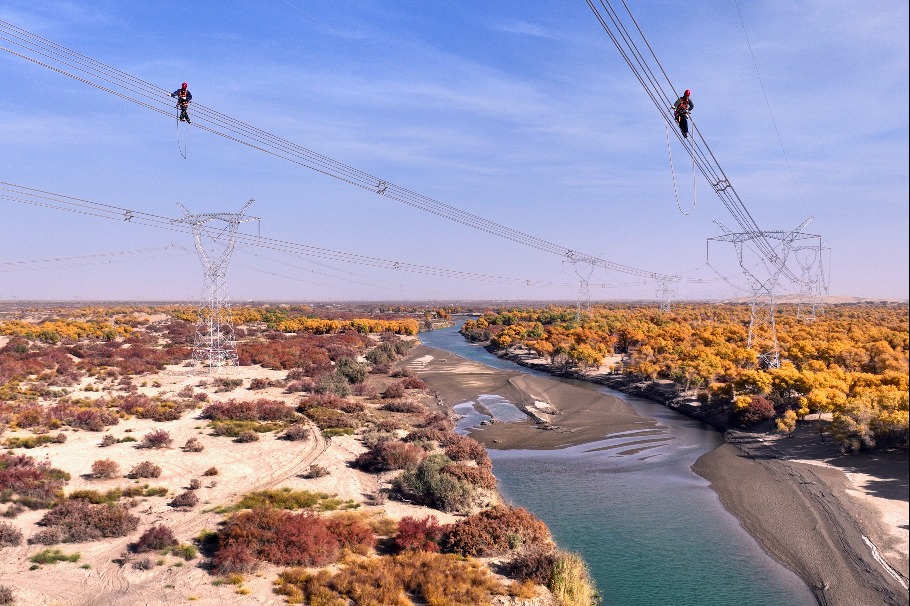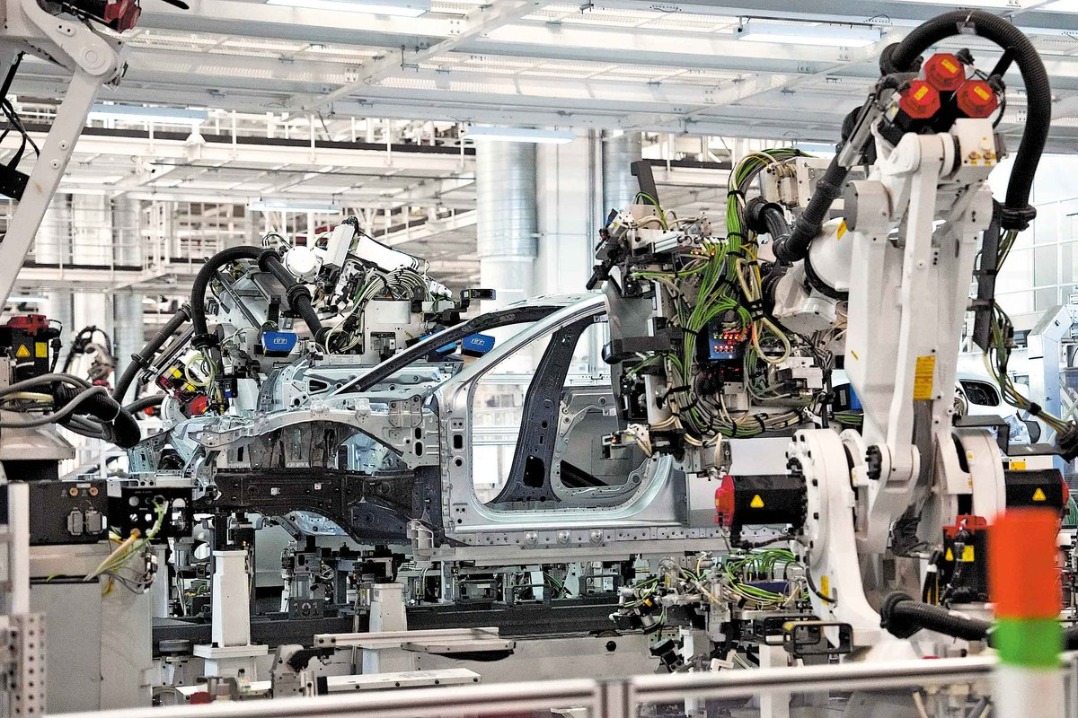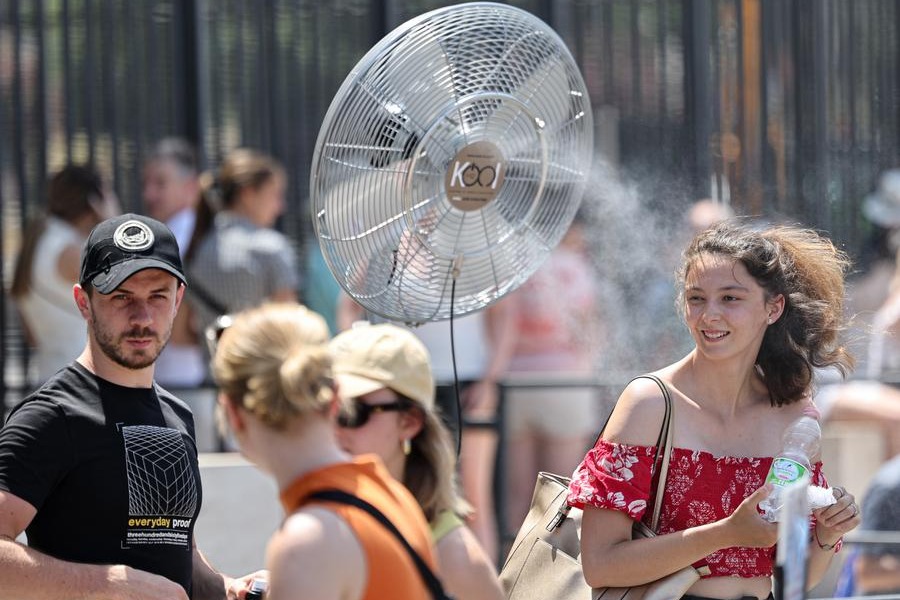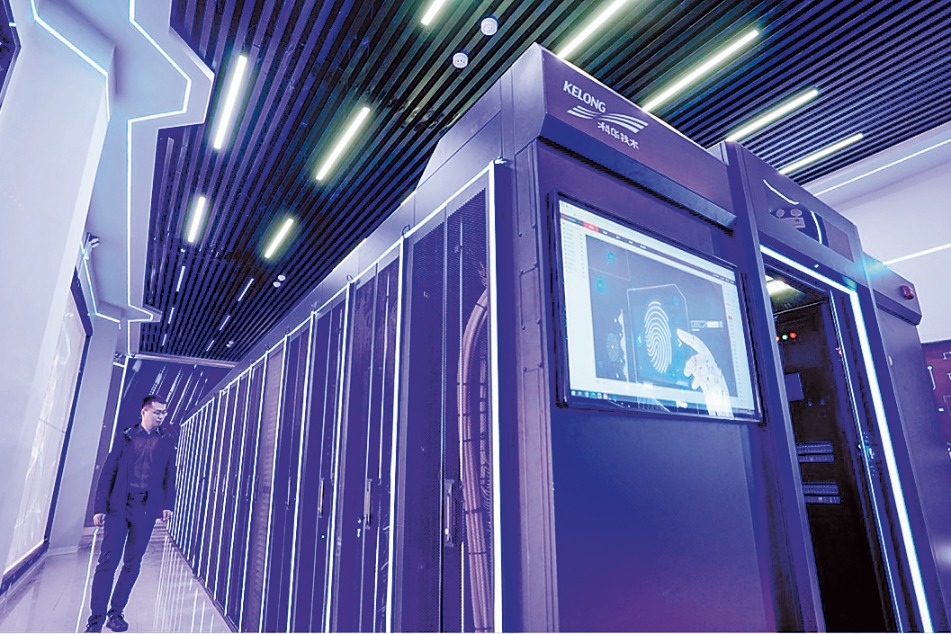Commercial banks must rein in bad assets

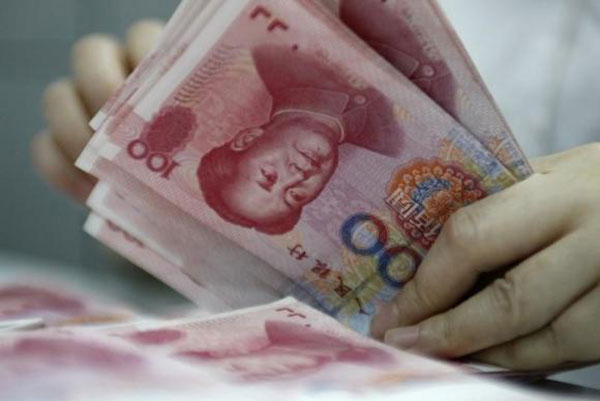
The nonperforming loans (NPLs) of China's commercial banks have grown rapidly in recent years, exerting enormous pressure on the banks' asset quality, and posing a big challenge to their operation and management. And the resultant accumulation of credit risks is detrimental to the stable development of the economy.
As such, how to improve the risk management of commercial banks and address their NPL problem are major issues facing the banking sector.
The NPLs of commercial banks have three characteristics. First, following a quick hike between 2013 and the third quarter of 2016, the NPL ratio of commercial banks has stabilized at 1.74 percent over the last four quarters, easing some pressure on the banks. Second, the manufacturing and retailing sectors are most vulnerable to NPLs, as they account for more than 60 percent of the total NPLs. And third, NPLs show a strong regional feature-they have peaked in developed areas such as Zhejiang, Jiangsu, Shanghai and Guangdong, and are worsening in less-developed areas such as Heilongjiang, Jilin, Liaoning and Gansu provinces and the Inner Mongolia autonomous region.
NPLs have rapidly increased in some areas for two reasons: overheating of the economy starting from the end of 2008 and the tightening of monetary policy later. To deal with the effects of the global financial crisis, the Chinese government introduced a 4 trillion yuan ($608 billion) stimulus plan, which led to the rapid increase in loans from the fourth quarter of 2008. And after the central bank raised both the reserve ratio and interest rates in January 2010 as part of the measures to tighten the monetary policy, the accumulation of NPLs aggravated.
On the other hand, the commercial banks' weak internal management-reflected in the lack of prospective study and pro-active management of credit risks, underdeveloped risk-assessment mechanism and toolkits, relatively lax post-loan management, poor professionalism in team building and weak accountability mechanism-also intensified their stress.
Besides, the gradual slowing of China's economic growth led to an overall decline in the growth rate of the banking sector's earnings, raising fears that the NPLs of commercial banks will rise further. Thus the banking sector has two urgent tasks: strengthening asset-risk management and reducing new NPLs while trying to recover and effectively deal with existing NPLs.
But the commercial banks have nonperforming asset (NPA) securitization and the debt-to-equity scheme apart from the traditional tools in hand to dispose of the NPAs, although traditional tools such as independent collection, write-offs and external transfer are most likely to be used for the purpose.
To improve NPA management, five specific policy changes are recommended. First, banks' comprehensive risk management should be strengthened by adopting a pro-active risk management model, building a comprehensive risk prevention and control system, and employing all-round risk management.
Second, the head offices of commercial banks should more strictly supervise the operations of their branches, and strengthen their risk management as well as instruct them to abide by regulations and report their true performance and asset quality.
Third, the banks should improve their loan-management mechanism to realize scientific, accountable and transparent management of loans.
Fourth, the banks should take measures to ensure the NPLs reflect the true situation.
And last, banks should innovatively expand the NPA resolution toolkits to reduce the loss of assets, and improve their asset recovery rate.
The author is head of the Research Institute of China Minsheng Bank.

















